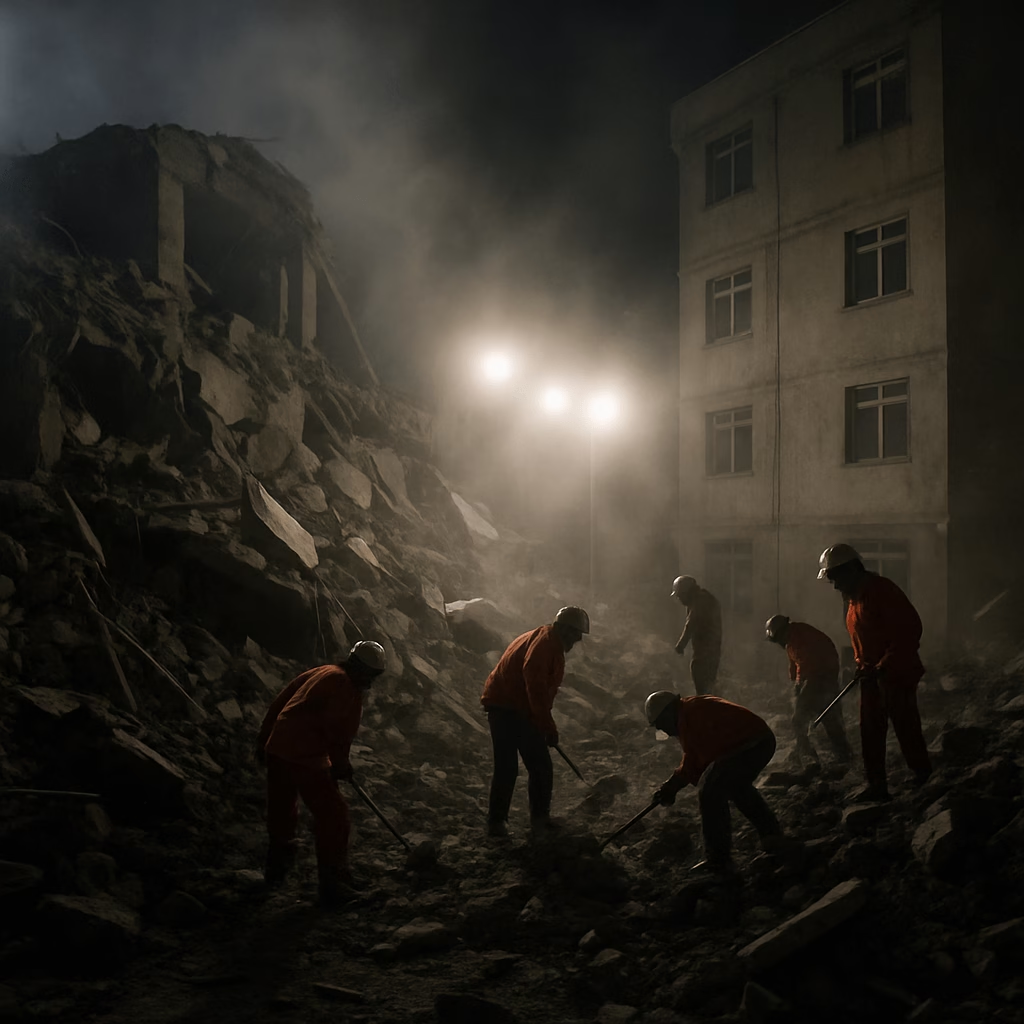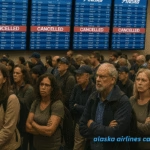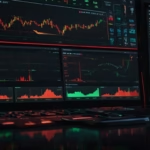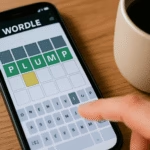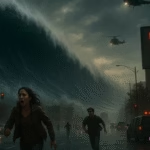A Midnight Tremor Unsettles Northern Iran
Just after 9 p.m. local time on June 20, a 5.1‑magnitude earthquake struck northern Iran’s Semnan province, approximately 27 km southwest of the city of Semnan. Hypocentral depth was estimated at around 10 km—relatively shallow, making it strongly felt in surrounding areas including Tehran and Qom
This seismic event occurred in a region already on edge due to recent Israeli airstrikes targeting Iran’s nuclear and missile infrastructure — particularly at sites near Semnan’s Space Centre and Missile Complex
Nature or Conflict? Separating Fact from Rumour
The tremor triggered speculation — was it a natural earthquake or a shock induced by military activity? Analysts quickly weighed in:
The US Geological Survey (USGS) and other seismologists classified it as a natural quake. Seismic wave patterns showed no traces of an explosion or underground tes
Although the quake’s timing coincided with a new wave of Israeli attacks on sites like Arak, Natanz, Isfahan, and Bushehr, experts affirmed that these were unrelated, emphasizing the region’s tectonic volatility
The quake struck in a region known for high activity on the Alpine–Himalayan seismic belt, which cuts across Iran. Historically, Iran logs over 2,000 quakes annually, many of them moderate to strong
Impact and Official Responses
Fortunately, no serious damage or casualties were reported. Iranian authorities, including the Tasnim News Agency and state-run media, confirmed that only light damage occurred and that essential infrastructure remained intact .
The quake rattled nerves more than buildings. Even the UK‑based The Guardian noted the timing fuelled public concern — yet Iranian officials remained calm, asserting it was standard seismic activity during a volatile time
Seismic History: Iran’s Long Struggle with the Earth:-
1. Nov 12, 2017 – Magnitude 7.3 struck near Kermanshah province, killing over 400 and injuring thousands.
2. Jan 29, 2023 – Magnitude 5.9 quake hit Khoy in West Azerbaijan, injuring over 800 and killing three.
3. Other quakes of 5.5 and above have hit southern Iran (Fars, Sistan, Hormozgan), often near nuclear facilities .
These incidents reveal Iran’s constant seismic vulnerability—especially near critical infrastructure like Natanz and Fordow nuclear sites.
The Devastating Quake That Shook the Nation
A powerful earthquake has struck Iran, leaving a trail of destruction, collapsed buildings, and a rising death toll. The tremors, felt across the region, have sent shockwaves through communities, with rescue teams scrambling to save those trapped under the rubble. As the world watches, the disaster has drawn comparisons to other seismic tragedies, including the Pakistan vs Bangladesh earthquake responses in recent years.
The quake, measuring 6.5 on the Richter scale, hit near the city of [affected city], where thousands are now homeless. Hospitals are overwhelmed, and aid agencies are rushing to provide food, water, and medical supplies. The disaster has reignited discussions about earthquake preparedness in vulnerable regions—especially in areas like Pakistan vs Bangladesh, where similar catastrophes have struck before.
What This Means: Risks and Preparedness
1. Regional Resilience and Infrastructure
Despite its moderate magnitude, the quake serves as a reminder: Iran’s nuclear and missile sites must be built to strict seismic code. Officials at Natanz responded quickly, stating that modern design prevented structural harm.
2. Public Anxiety Amid Political Tension
Any quake now resonates beyond geology—it’s interpreted through the lens of war. Social media buzzed with questions of whether airstrikes triggered the earth tremors
Government reassurances aimed to calm fears by portraying the event as purely natural and manageable.
3. Opportunity for Diplomatic De‑escalation
Interestingly, the quake arrived on the heels of tentative diplomacy. Iran’s foreign minister voiced openness to talks if Israel halts its strikes Could the earthquake become a symbol of shared vulnerability—and a signal for de-escalation?
looking Ahead: Earthquake, Diplomacy, and Preparedness
This tremor is a clarion call on multiple fronts:
Seismological Monitoring: Advanced tectonic monitoring must continue to inform and protect regions hosting military or nuclear installations.
Urban Planning and Construction: Iran’s urban expansion into quake-prone zones highlights the need for resilient infrastructure, especially residential and strategic facilities.
Crisis Communication: During simultaneous military and natural crises, transparency from officials helps counter misinformation and builds public trust.
Diplomatic Opportunity: When earth moves and bombs fly, global leaders should re-evaluate priorities—sometimes nature prompts the best diplomacy.
Why Are Some Regions More Vulnerable?
Poor Building Standards – Many structures in affected areas lack earthquake-resistant designs.
High Population Density – Crowded cities mean more casualties when disasters strike.
Limited Emergency Resources – Underfunded rescue teams struggle to respond quickly.
Experts warn that without better preparedness, history will keep repeating itself—whether in Iran, Pakistan vs Bangladesh, or other high-risk zones.
Final Thoughts
Will the World Learn from This Tragedy?
As Iran mourns, the world must reflect. Disasters don’t discriminate—whether in Iran, Pakistan vs Bangladesh, or elsewhere. The real test isn’t just in rescue efforts but in long-term prevention.
What’s Next?
- Rebuilding efforts will take years.
- Policy reforms must be prioritized.
- Global cooperation is key to saving lives.
Iran’s 5.1‑magnitude quake was not among the deadliest—yet it highlighted layers of fragility: human, structural, political. By understanding it as a natural yet symbolic event, Iran, its neighbors, and global actors can build stronger foundations—both above ground and in relations.
